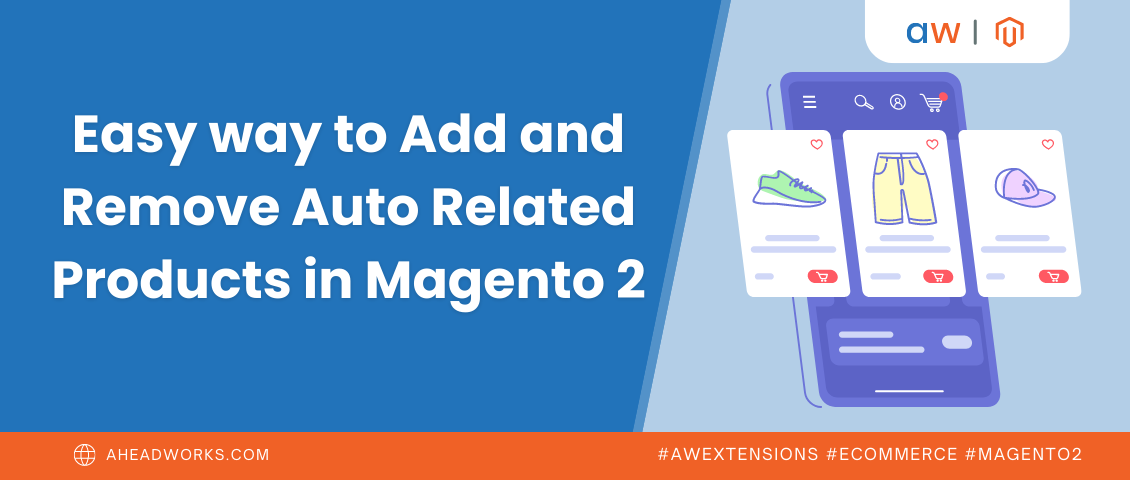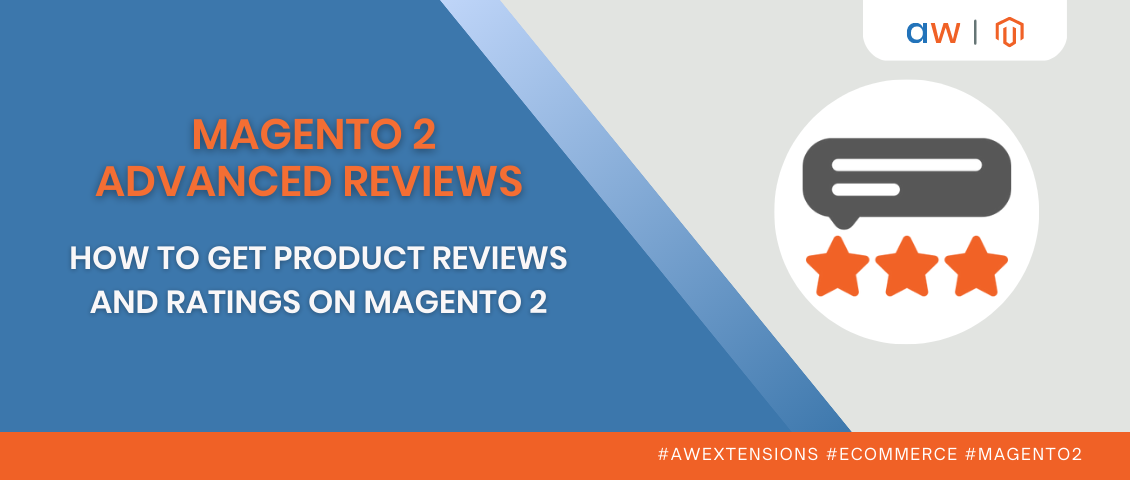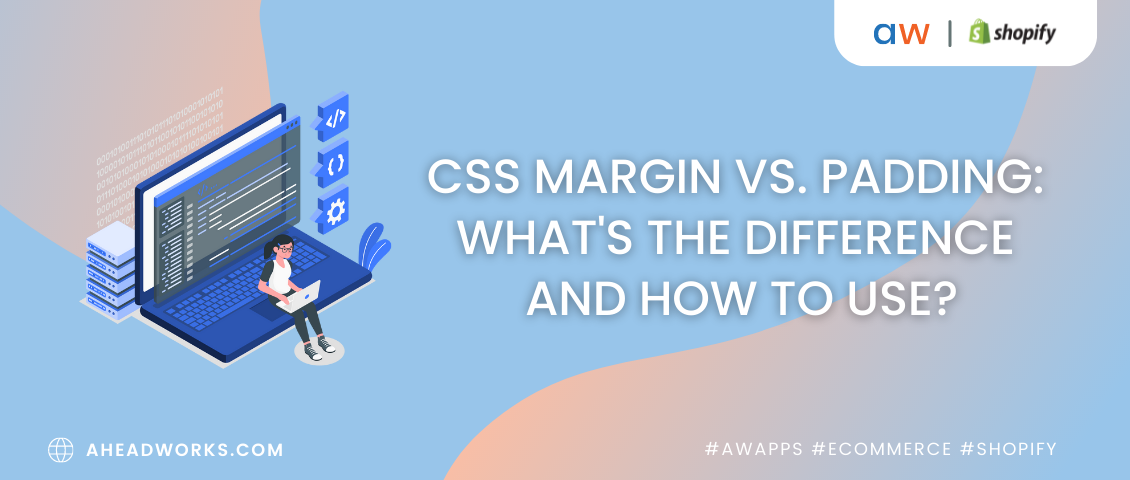Migration to Magento: Is It Gonna Be a Bumpy Ride?
Categorized as : Ecommerce
Editor’s Note: This post is provided for our blog by Mariana Onysko, Head of Marketing Department at MagneticOne. We are working on making aheadWorks blog a true Magento herald, where companies can highlight existing Magento issues and their ways to solve them. This article contains recommendations for merchants to consider from our Ukrainian colleagues while migrating to Magento and pitfall to be aware of.
One of the established eCommerce tendencies of 2013 is the Great Migration of the stores. 49% of today’s online merchants have considered switching their current shopping solutions within the next 2 years. Almost a half of store owners migrating today chooses Magento as their new eCommerce destination.
Nothing weird that Magento totally conquers the world with its vastness and magnificence. The widest functionality, hence unlimited possibilities, free and open source allow doing whatever you wish for free. Still, all these benefits can become a real problem when it comes to data migration.
So, you’ve decided to migrate to Magento? No matter which way you’ll choose to do it, there are a couple of issues you had better considered. At Cart2Cart we have migrated thousands of stores to Magento and here’s what we can share with you:
 Upgrading Magento is another story you should know about. First of all, versions really matter. The process of upgrading differs and will depend on the versions you upgrade from and to. For instance, migration from 1.4.1 to 1.6.2 would consist of two stages: upgrade from 1.4.1 to 1.4.2 and then from 1.4.2 to 1.6.2. You’d have to search the web for detailed instructions on how to move from your current version to the one you need.
Upgrading Magento is another story you should know about. First of all, versions really matter. The process of upgrading differs and will depend on the versions you upgrade from and to. For instance, migration from 1.4.1 to 1.6.2 would consist of two stages: upgrade from 1.4.1 to 1.4.2 and then from 1.4.2 to 1.6.2. You’d have to search the web for detailed instructions on how to move from your current version to the one you need.
The easiest way to go here would be to create a fresh Magento installation and move your data to it. This way your current store will remain absolutely intact during migration and you will save yourself from endless trouble.
Are there any particular issues you've encountered during migration to Magento? Share you experience and warn peer readers about potential problems!
One of the established eCommerce tendencies of 2013 is the Great Migration of the stores. 49% of today’s online merchants have considered switching their current shopping solutions within the next 2 years. Almost a half of store owners migrating today chooses Magento as their new eCommerce destination.
Nothing weird that Magento totally conquers the world with its vastness and magnificence. The widest functionality, hence unlimited possibilities, free and open source allow doing whatever you wish for free. Still, all these benefits can become a real problem when it comes to data migration.
What should you be ready for?
So, you’ve decided to migrate to Magento? No matter which way you’ll choose to do it, there are a couple of issues you had better considered. At Cart2Cart we have migrated thousands of stores to Magento and here’s what we can share with you:
- COMPARED to any other shopping cart, Magento is extremely resource-intensive. Before getting started, make sure to check your hosting environment and whether it meets the requirements of Magento system: don’t forget that what has been perfectly enough for your previous shopping cart may be insufficient for Magento.
- SO, you’ve chosen the right hosting and set up your new Magento store. Don’t ever start with installing additional modules first! The first thing to do would be to move your database. If you choose to do otherwise, you may get a whole bunch of errors during data migration.
- MAGENTO is the most complex cart, and there’s no other equal to it in types of data, options, features, etc. This may become the cause of countless issues during your data migration. For
 instance, if you want to move product variants with the price assigned to each of them from some other cart to Magento, this can be rather problematic. Magento recognizes prices for each option, and in this case they will be undefined; therefore, the price of the variant won’t be applied in Magento either. This is only one example when Magento complexity gets on the way of data migration. The cases will vary. Our developers are working their fingers to the bones to predict and prevent as many as possible. A lot of them are already resolved, a lot of issues are yet to come.
instance, if you want to move product variants with the price assigned to each of them from some other cart to Magento, this can be rather problematic. Magento recognizes prices for each option, and in this case they will be undefined; therefore, the price of the variant won’t be applied in Magento either. This is only one example when Magento complexity gets on the way of data migration. The cases will vary. Our developers are working their fingers to the bones to predict and prevent as many as possible. A lot of them are already resolved, a lot of issues are yet to come.
- TO WORK with Magento most efficiently, you should research more on how Attributes and Attribute Sets are working. They are features that give Magento considerable flexibility in setting up your store. But if you don’t understand how to use them properly, this may cause you a lot of trouble.
 MAGENTO opens up for you the sacred door to multistore and multilanguage management. However, using this functionality is not as straightforward as you might have thought. For instance, to add the second language, you would need to create a new Store View in System > Manage Stores. You should also remember that when there are several store views, orders will be calculated for each of them separately.
MAGENTO opens up for you the sacred door to multistore and multilanguage management. However, using this functionality is not as straightforward as you might have thought. For instance, to add the second language, you would need to create a new Store View in System > Manage Stores. You should also remember that when there are several store views, orders will be calculated for each of them separately.
- MAGENTO has a system of data indexing that aims to display updates on the frontend faster. By default, info about entities (products, categories) is indexed after it’s updated. So if you have edited a product and there are still no changes on the frontend, this doesn’t mean that there’s something wrong with your Magento installation. Most probably, the system hasn’t indexed these changes yet, or you should start re-indexing manually (that will depend on your store configurations).
- TO INSTALL several websites/domains on one Magento installation, you would need to add virtual hosts in web server settings and set special rules in .htaccess file.
How to deal with upgrades?
 Upgrading Magento is another story you should know about. First of all, versions really matter. The process of upgrading differs and will depend on the versions you upgrade from and to. For instance, migration from 1.4.1 to 1.6.2 would consist of two stages: upgrade from 1.4.1 to 1.4.2 and then from 1.4.2 to 1.6.2. You’d have to search the web for detailed instructions on how to move from your current version to the one you need.
Upgrading Magento is another story you should know about. First of all, versions really matter. The process of upgrading differs and will depend on the versions you upgrade from and to. For instance, migration from 1.4.1 to 1.6.2 would consist of two stages: upgrade from 1.4.1 to 1.4.2 and then from 1.4.2 to 1.6.2. You’d have to search the web for detailed instructions on how to move from your current version to the one you need.The easiest way to go here would be to create a fresh Magento installation and move your data to it. This way your current store will remain absolutely intact during migration and you will save yourself from endless trouble.
Are there any particular issues you've encountered during migration to Magento? Share you experience and warn peer readers about potential problems!











